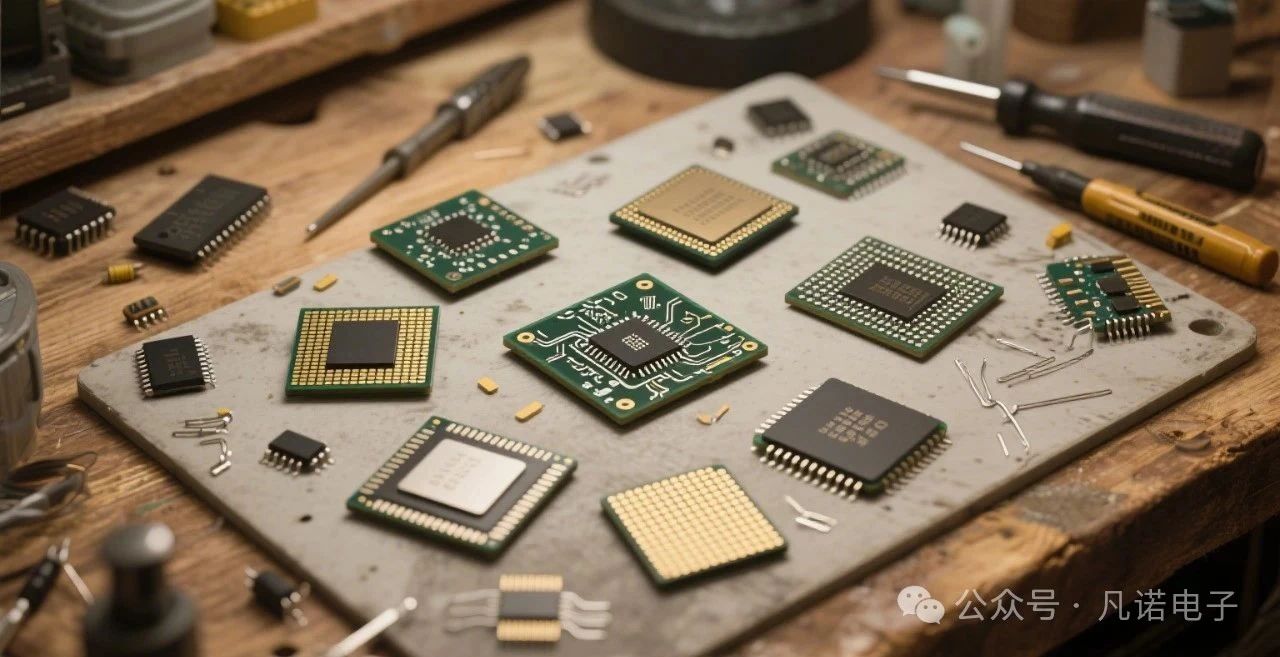How to choose chips for industrial screens, car screens, and home appliance touch screens? You’ll understand at a glance!
In the touch display industry, the quality of screen experience is often not entirely determined by the panel material or resolution, but by a key component hidden deep inside - the touch chip.

As an "interactive bridge" between the user and the screen, it directly determines the sensitivity, accuracy and anti-interference performance of touch recognition. Behind a touch screen that responds quickly, resists water and noise, it is often the high-quality touch chip that plays a role. This article will sort out the mainstream touch chip brands on the market, from performance characteristics to applicable scenarios, to help product managers, purchasing engineers and industry users quickly understand and select models.
Synaptics: A high-end representative of American systems with powerful performance. An old-fashioned manufacturer from the United States, known for "stability + precision". Even in wet hands, wearing gloves, and water on the screen, it can accurately identify touch. The S3930 series supports up to 80 channels of touch detection, provides a 360Hz reporting rate, supports the RISC‑V MCU architecture, and is compatible with folding OLEDs and large-size displays. It is widely used in vehicle-mounted central control, industrial large screens, laptops, and high-end consumer electronics.
Cypress (Infineon): A strong player in the industrial + automotive field. Originally an American company, it was acquired by Infineon Technologies of Germany. The TrueTouch series uses frequency hopping anti-interference technology and has obtained AEC‑Q100 and IATF16949 certifications, which are suitable for thick glass, humid environments and live operation scenarios. It supports LCD/AMOLED, On‑cell large-size screens, has 10-point touch and OTA upgrades, and is widely used in medical equipment, car screen systems, etc.
Microchip (formerly Atmel): Anti-interference, low power consumption. Microchip's maXTouch series is suitable for devices with high power consumption and interference requirements, such as portable medical devices, industrial controllers, etc., with super anti-interference capabilities and extremely low power consumption characteristics. It is worth mentioning that FANNAL is an officially certified design partner of Microchip, and relevant information can be found on the Microchip official website. Relying on the cooperative relationship, we have a deep understanding of its chip performance and applications, and can provide customers with more reliable selection and integration suggestions.
Goodix Technology: The light of China's touch chip. It is extremely common in Android phones, and almost everyone has one. Goodix's GT9886 chip has the advantages of high reporting rate, low latency, and low power consumption. It supports under-screen fingerprint and multiple pen protocols (such as GPP/HPP/USI). It meets the AEC-Q100 standard and is widely used in smartphones, wearable devices, and consumer electronics. Keywords: Android phones, fingerprint + touch integration, cost-effectiveness.
ILITEK: An old acquaintance in the industrial field. A Taiwanese manufacturer, it is very common in ATM machines, POS machines, and medical terminal equipment. The product is stable and has strong anti-interference ability. It supports thick glass and waterproof touch, which is suitable for long-term project implementation. Keywords: financial terminals, medical equipment, engineering stability.
FocalTech: A representative of TDDI. The main TDDI (touch + display driver integration) solution, the FT8726 / FT8006U series solution is mature, with low cost and short development cycle, and is widely used in educational tablets, smart home appliances, entry-level mobile phones, etc.
FocalTech: A representative of TDDI. Focusing on TDDI (touch + display driver integration) solutions, the FT8726 / FT8006U series solutions are mature, with the characteristics of low cost and short development cycle, and are widely used in educational tablets, smart home appliances, entry-level mobile phones, etc.

